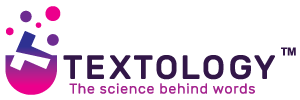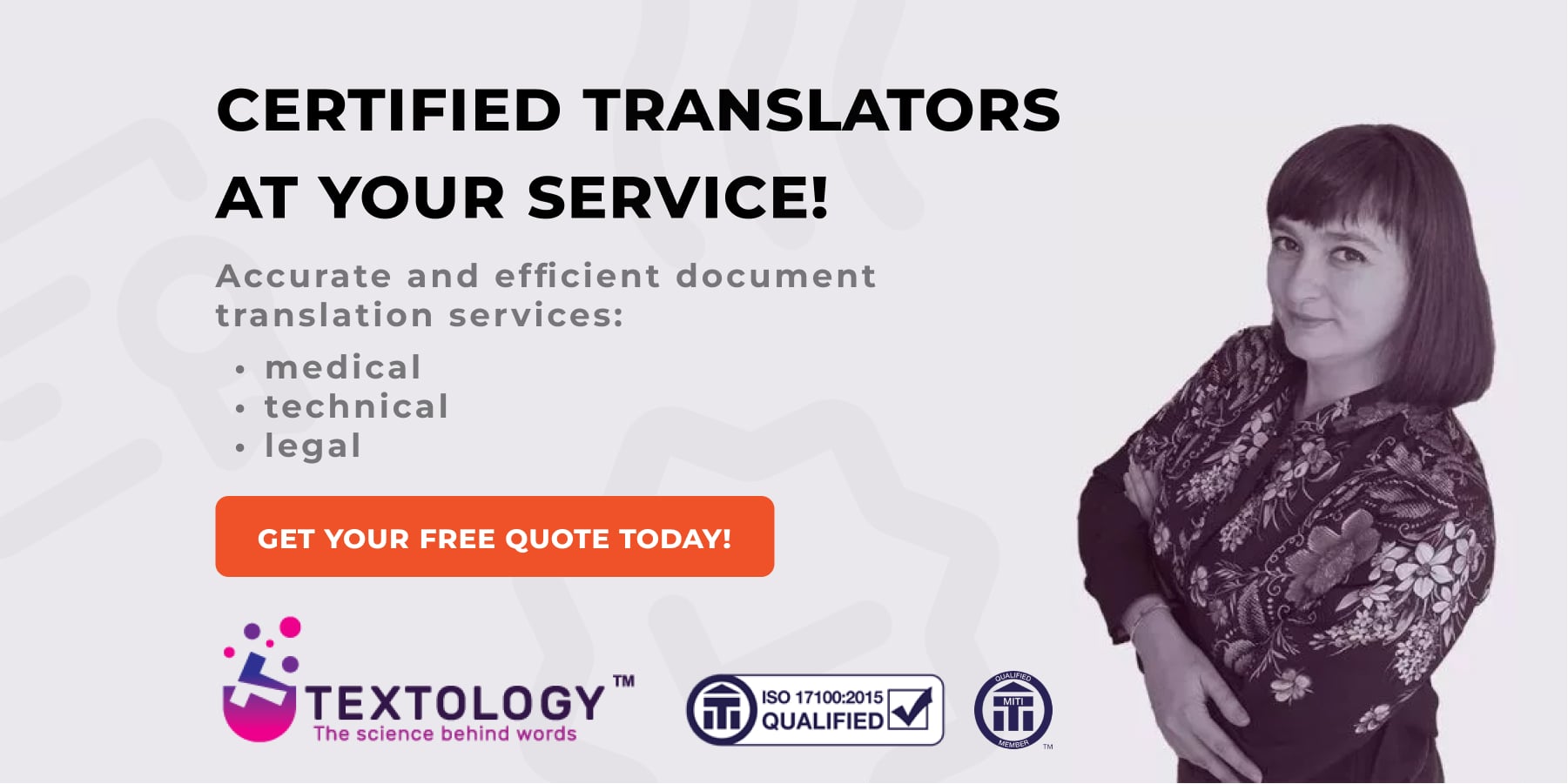
Some time ago, if you wanted to have a given content converted from one language into another, you had to find a human translator whose command of both languages was satisfying enough to guarantee that the delivered content would meet your expectations. To put it simply, human intervention was indispensable to ensure the highest quality translation. Although nobody questions the validity of human input when it comes to the translation process, things do look different now. Ladies and gentlemen, technology enters and letting it in seems to be inevitable, given how tremendously it has been affecting our lives and all areas of business activity around the world.
Automatic translation is now one of the buzzwords in the translation industry. What is it? What does it have to do with machine translation? Is there a risk that artificial intelligence will replace translators? Keep reading for the answers.
What is automatic translation?
Before we go on to explain what automatic translation is, let’s — for the sake of upcoming deliberations — focus on the definition of machine translation first.
Automatic translation vs. machine translation
Machine translation can be defined as the process of automatically translating content from one language to another with the use of automated software powered by artificial intelligence and machine learning. According to many people, the term machine translation is equivalent to automatic translation — i.e. one taking advantage of machine translation software, without relying on human translators. However, it is frequently pointed out that there is a need to differentiate further between automatic translation and automated translation. Looking at the issue from this perspective, automated translation refers to all the components of the translation process, such as collecting the content in the source language, converting it into the target language, making necessary corrections, optimizing and, finally, publishing the translated content. It is then considered to be a broader term, holistically reflecting the notion of translation as a multifaceted and complex process that can be automated in the various stages mentioned. Therefore, machine translation is only one element — i.e. the actual translation — constituting the whole automatic translation process.
Still, all those above-mentioned terms tend to be used interchangeably, especially when the major focus of consideration is on the influence that modern machine translation exerts on traditional translation services.
How does machine translation work?
In simple terms, machine translation (MT) relies on the “intelligence” of computer software that is governed by the multiplicity of algorithms and fuelled by highly developed computer science. There are 3 main types of MT:
Rule-based machine translation
This type uses grammatical and semantic patterns of both languages, dictionaries, lexicons and is generally based on the contribution of language experts who develop rules that are supposed to lead to greater accuracy of the translated content.
Statistical machine translation
It relies on the ability of computer algorithms to analyse all the previously translated content in order to create a database of translations. This database serves as a source of statistical knowledge on how to order or combine certain words in a given language.
Neural machine translation
It is one of the most complex — and therefore the most effective — types of MT that uses an artificial neural network to analyse a given content and predict how likely it is for a sequence of words to occur. Thanks to the use of the advanced technologies that have constantly been developed and improved, machine translation engines can now ensure impressive translation quality. One of the most popular examples of this type of MT is Google Translate.
What are the drawbacks of automatic translation?
Although modern translation technology derives from vast sources of linguistic knowledge, automatic translation frequently displays a lower level of accuracy than human translation. There are several reasons for that:
- it is difficult for computer systems to properly interpret numerous nuances of a language, including colloquialisms or slang;
- there are language items for which MT cannot find the right context, so their meaning cannot be analysed;
- MT has difficulty translating specialized language and complex terminology (if you want to find out more about it, check why you shouldn’t use Google Translate for medical translation);
- the amount of training data may not be sufficient in the case of less common language pairs;
- the translated content often lacks fluidity, cohesion, and can be stylistically poor, which makes the whole text look unattractive;
- certain errors that occur during the process might be hard to correct.
These are the main problems that opponents of automated translation point to. There is also a growing concern that automatic translation — that is getting increasingly brainier and more dependable — is soon going to make human translators redundant. So far, though, nobody has rejected the human component as it is still people who need to supervise the whole process of translation, evaluate the quality of its results and fix emerging problems.

How can an automatic translation be used?
What automated translation management system can contribute to is the facilitation of the translators’ work by offering tools that can perform multiple repetitive translation-related tasks. And this means a lot in terms of accelerating traditional translation workflows. How exactly? First, since the process of automatically translating entire documents can be carried out in seconds, fast results can be ensured. Human translators can thus attend to other high-priority tasks, and their role is restricted to correcting and post-editing the translated content. Also, machine translation can memorize and store various key terms that can be reused in the future. Such a good translation memory can be especially helpful in case many topically related projects are in progress. Therefore, taking advantage of automatic translation helps save a lot of time and leads to an increase in the translator’s productivity.
Another vital benefit of automated translation is the fact that it can be used to translate content into multiple languages. The possibility of offering a given source text in many target languages (combined with a short translation time) can, for example, accelerate business activity or boost traffic to a website. Also, effective translation management can assist people in running multi-language projects; while significant amounts of repetitive manual work are automated, people can devote their attention to other languages and locations to speed up the whole process.
Furthermore, making use of automatic translation can turn out to be a much more affordable solution than hiring a specialist. Limiting human involvement to the necessary proofreading and making adjustments to the translated text helps reduce costs and still ensures that the content is of high quality.
When to contact a professional translator?
There are instances in which automation of the translation process seems to be a better option than relying on a human translator. These include replying to inquiries via customer support chats, sending emails, translating simple internal documentation, legal disclaimers or footers on web pages.
However, human translation is still indispensable when the source content demands in-depth knowledge of the language pair and impressive linguistic skills, including such aspects as the ability to meander through the nuances of meaning and great sensitivity to various complexities of a specific language. Examples of such content include highly specialized texts (medical, legal, technical, etc.) packed with complicated terminology, literary texts full of figurative language, witty advertisements or other compelling texts created for marketing purposes. In short, whenever 100% accuracy and professionalism have to be ensured, a competent human being come to the rescue.
Automatic translation in a nutshell
On the whole, computers are simply not capable of recreating the unique flexibility and intuitiveness of the human brain, which means that when they are assigned some tasks, they need to be monitored and often corrected by people. Yet, undoubtedly, automatic translation can be of great assistance to human translators, as it can incredibly boost the effectiveness of their work and free them from tedious and time-consuming tasks. In light of the above, the ability to integrate technological advancement into traditional translation processes seems to be crucial in order to guarantee better results.
Speaking of results — if you are looking for services of impeccable quality, this is exactly what you can expect from our London base translation agency. Our team of professional translators is always ready to help you.

